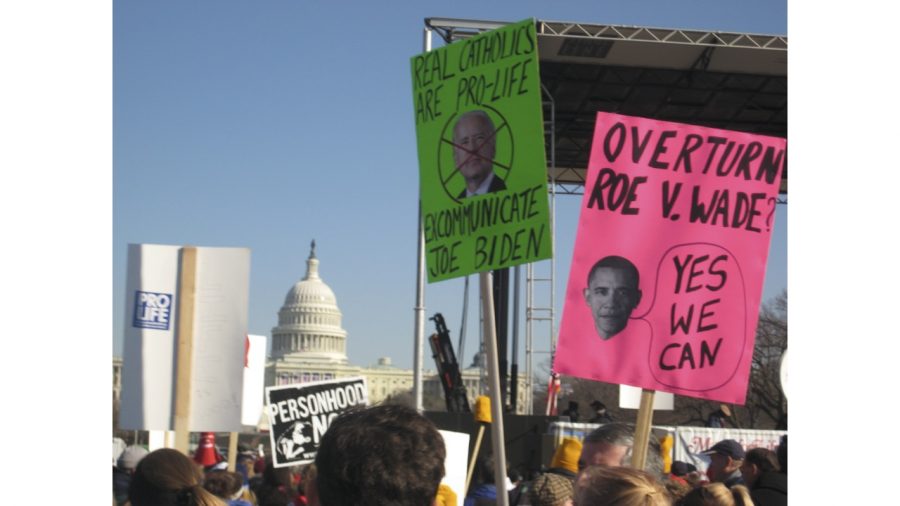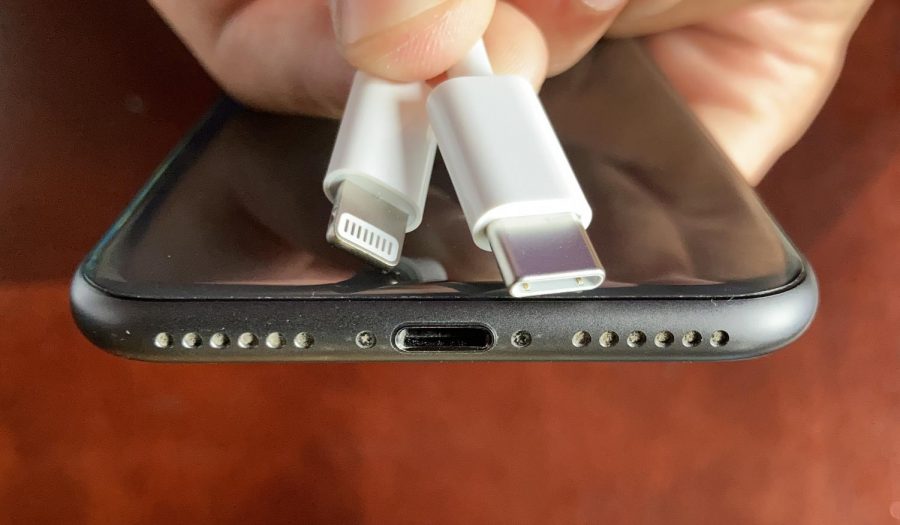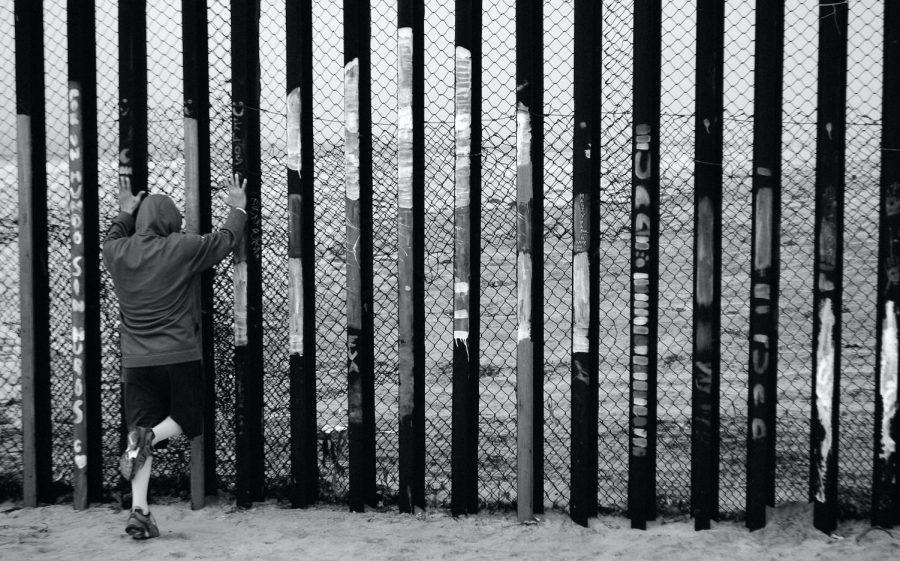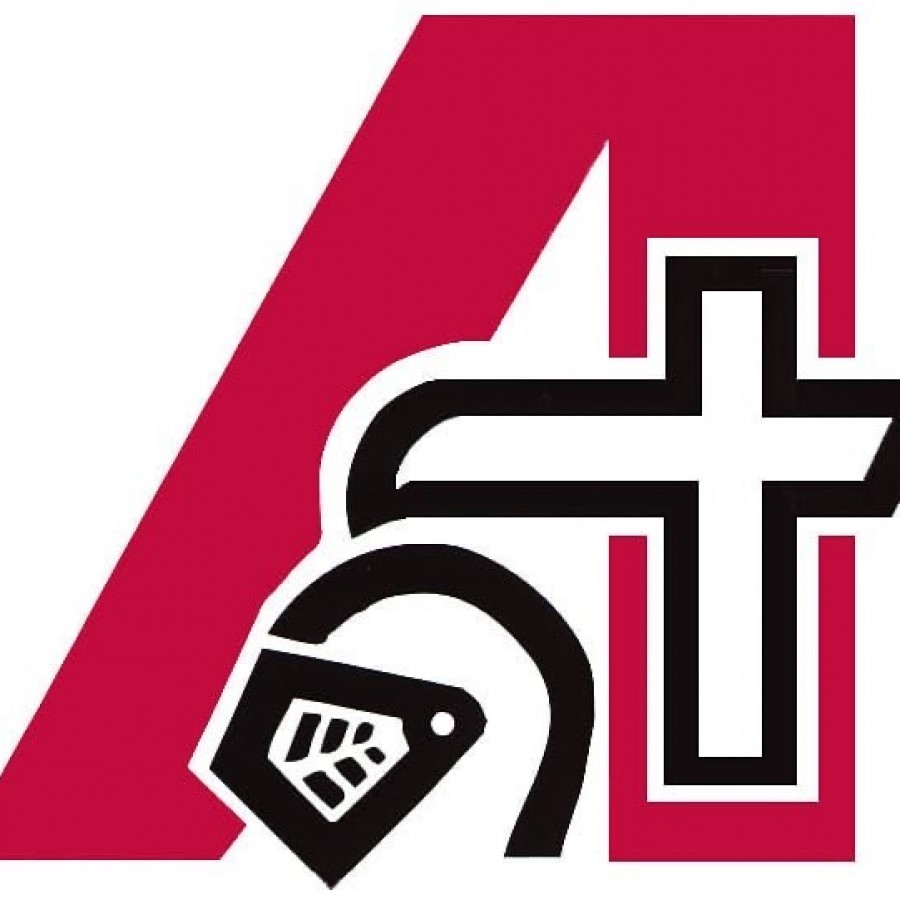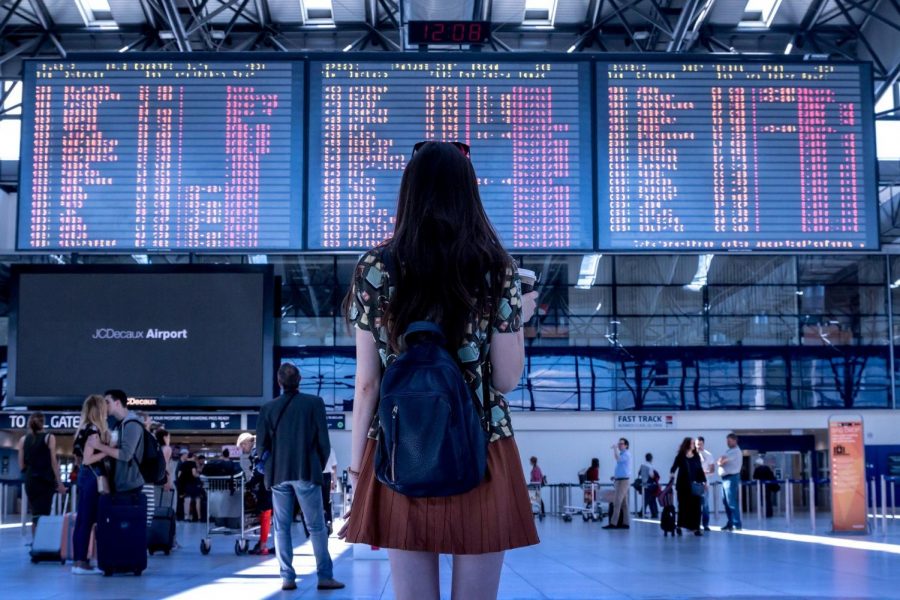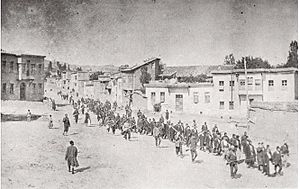With Election Day coming up, many PVHS students are eager to cast their votes for the first time. Because of this, it is important to remain informed. Voters should know what exactly happens during the general election.
After the party nominees are elected via primary and caucus elections, the candidates begin to campaign for the presidency. Voters watch debates and attend rallies to get a feel for the candidates and their views. Some voters fill out absentee ballots to vote early, but most want to wait until election day. On November 8th, polls will open. There are two different forms of votes: the popular and electoral.
The popular vote is determined by the citizens of America. All of the votes are tallied and a fairly accurate depiction of the outcome is formed. Later in the year, the Electoral College determines the winner of the presidential election. Usually the popular and electoral votes have the same outcome. There have only been four instances in America’s history where the votes differed (most recently in 2000). The Electoral College is comprised of potential electors chosen by each state’s political party. The electors are voted for on election day by the people. Although there is no federal law requiring electors to vote for the same candidate as the people, some states have laws against unfaithful electors. Ultimately, the electors elect the president and the people elect the electors.
Each state has a predetermined amount of electoral points. The more populated the state, the more electors the state has. A majority of at least 270 electors is needed to win the general election. If no candidate gets a majority, the House of Representatives votes on the presidency. This has only happened once, in 1824.
When the new president is finally elected, he or she is sworn in on the 20th of December of the following year, or the 21st if the 20th falls on a Sunday.


